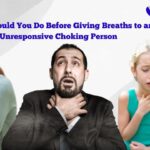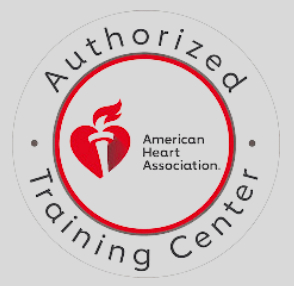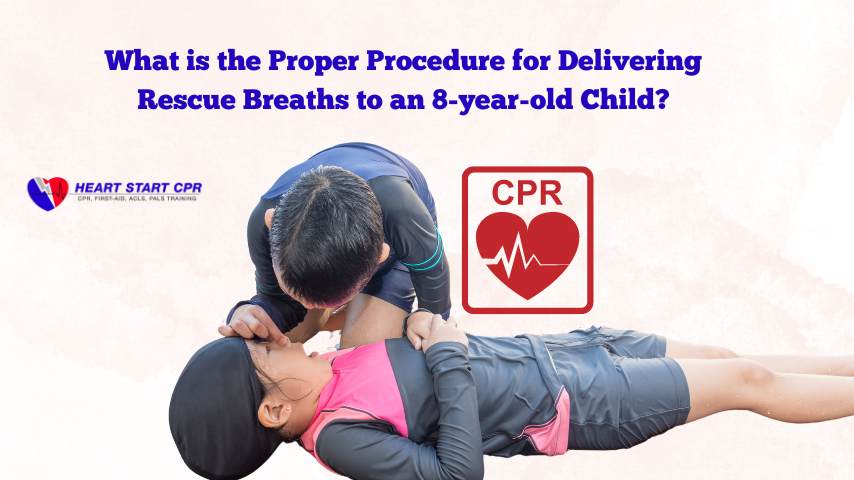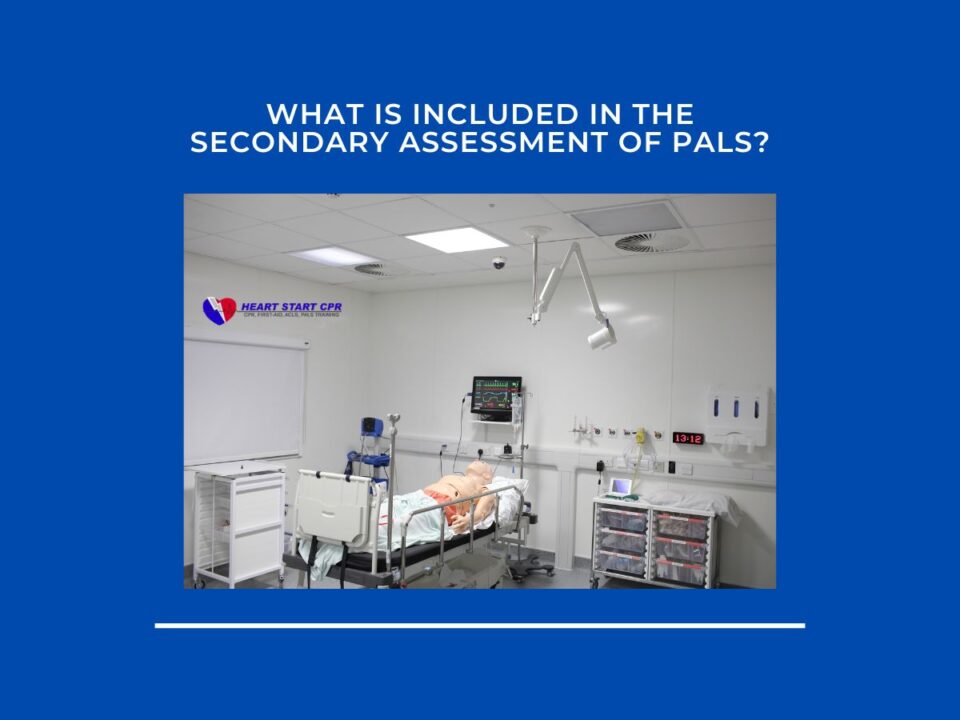
What Does A Chest Compression Feedback Device Monitor?
June 4, 2024
What Should You Do Before Giving Breaths to an Unresponsive Choking Person?
June 4, 2024Table of contents
- The Proper Procedure for Delivering Rescue Breaths to an 8-year-old child
- What is the Appropriate Rate for Delivering Rescue Breaths to a Child?
- How Long Should a Rescue Breath Last If You Perform it on an 8-year-old Child?
- When to Stop Rescue Breaths
- Learn to Deliver Proper Rescue Breaths: Enroll in Heart Start CPR Today!
- FAQs
When facing the critical situation of a child aged 1 to 8 not breathing, the ability to administer rescue is very crucial. This vital skill can mean the difference between life and death. If you are someone in such a situation, understanding the precise procedure for delivering rescue breaths and performing CPR confidently becomes a fundamental responsibility.
In this blog, we will help you understand the proper procedure for delivering rescue breaths for an 8-year-old child who is not breathing. Each step of the process, from opening the airway to delivering rescue breaths and initiating CPR, plays a crucial role in providing immediate assistance and sustaining life until professional help arrives. Let’s delve deeper into each stage of the process to ensure you are well-prepared to respond effectively in a time-sensitive and high-pressure situation.
The Proper Procedure for Delivering Rescue Breaths to an 8-year-old child
If a child is not breathing, rescue breaths can be crucial for restoring their breathing and potentially saving their life. For an 8-year-old, delivering rescue breaths correctly can make a significant difference. The following steps outline the proper procedure for delivering rescue breaths to a child. Follow these steps and ensure that each breath is effective in helping the child breathe.
Step 1: Open the Airway
To begin, you need to open the child’s airway. Place one hand on the child’s forehead and gently tilt their head back. With your other hand, lift the chin upwards. This maneuver helps to open the airway by moving the tongue away from the back of the throat.
Step 2: Look, Listen, and Feel for Breathing
Next, check if the child is breathing. Place your ear close to the child’s mouth and nose, and look for any chest movement. At the same time, listen for any sounds of breathing and feel for breaths on your cheek. This step is crucial to determine if rescue breaths are needed.
Step 3: Deliver Rescue Breaths
- If the child is not breathing:
- Cover the child’s mouth tightly with your mouth.
- Pinch the child’s nose closed to prevent air from escaping.
- Keep the chin lifted, and head tilted to maintain an open airway.
- Give two rescue breaths. Each breath should last about one second and be sufficient to make the chest rise visibly.
Step 4: Continue CPR
After delivering the rescue breaths, begin CPR. You need to perform 30 chest compressions followed by 2 rescue breaths. Repeat this cycle for about 2 minutes.
To perform chest compressions:
- Place the heel of one hand on the center of the child’s chest, between the nipples.
- Use one hand for compressions if the child is small; use both hands if the child is larger.
- Keep your arm straight, lock your elbow, and position your shoulders directly over your hands.
- Push hard and fast, compressing the chest about 5 centimeters (2 inches) at a rate of 100 to 120 compressions per minute.
Note: The depth and force of chest compressions may need to be adjusted slightly to account for the child’s larger size and stronger chest wall.
Step 5: Call for Help and Use an AED
After about 2 minutes of CPR, if the child still does not show signs of normal breathing, coughing, or movement, it is time to call for help. If you are alone, call 911 immediately. If an Automated External Defibrillator (AED) designed for children is available, use it as soon as possible.
Step 6: Repeat and Monitor
You need to continue the cycles of 30 chest compressions followed by 2 rescue breaths until the child begins to breathe normally or until EMS arrives. If the child starts breathing again, place them in the recovery position. Keep re-checking for breathing and be ready to resume CPR if necessary.
What is the Appropriate Rate for Delivering Rescue Breaths to a Child?
You might be wondering how many rescue breaths should be provided. The appropriate rate for delivering rescue breaths to a child during CPR is about 1 breath every 3 to 5 seconds. This amounts to approximately 12 to 20 breaths per minute. 12-20 rescue breaths ensure sufficient oxygenation while allowing for effective chest compression during CPR. But remember, you need to deliver each breath gently and effectively. Make sure that the chest rises visibly with each breath. You also need to maintain a consistent rhythm and pace. This helps to provide adequate ventilation and supports the child’s respiratory function during emergency situations.
How Long Should a Rescue Breath Last If You Perform it on an 8-year-old Child?
When giving rescue breaths to an 8 year old child who is not breathing properly, each breath should last about one second. This duration allows enough time for the lungs to inflate adequately without causing discomfort or potential harm to the child. However, it’s essential to pay attention to the child’s chest rise and fall as you deliver the rescue breath. The goal is to provide enough air to fill the lungs without overinflating them. If you overfill the lungs, it could lead to complications such as gastric inflation or lung injury. So, remember to maintain a proper seal over the child’s mouth and nose while delivering the breath. It will help to prevent air from escaping. Additionally, it’s important to ensure that the child’s head is tilted back slightly to open the airway fully.
When to Stop Rescue Breaths
You should continue the cycle of 30 compressions followed by 2 rescue breaths until one of the following occurs:
- The child starts breathing on their own
- Emergency medical responders take over care of the child
- You become too exhausted to continue CPR effectively
Learn to Deliver Proper Rescue Breaths: Enroll in Heart Start CPR Today!
In conclusion, rescue breaths are a crucial component of life-saving CPR, especially for children. Knowing how to administer them correctly can significantly increase the chances of survival in an emergency. If you want to learn rescue breaths and acquire hands-on training, then you can enroll at Heart Start CPR for comprehensive CPR and PALS classes in the San Francisco Bay Area. Our course can provide you with the essential skills and confidence needed to perform rescue breaths effectively for a child aged from 1 to 8 years. Take the first step towards becoming a life-saver. Don’t wait until it’s too late—sign up today and be prepared to save a life when it matters most.
FAQs
How do I know if the rescue breaths are effective?
You should see the child’s chest rise with each rescue breath delivered. Listen with your ear near their mouth between breaths to check for any breathing sounds. If there is no chest rise or breathing sounds, re-check head tilt-chin lift positioning and try breaths again.






